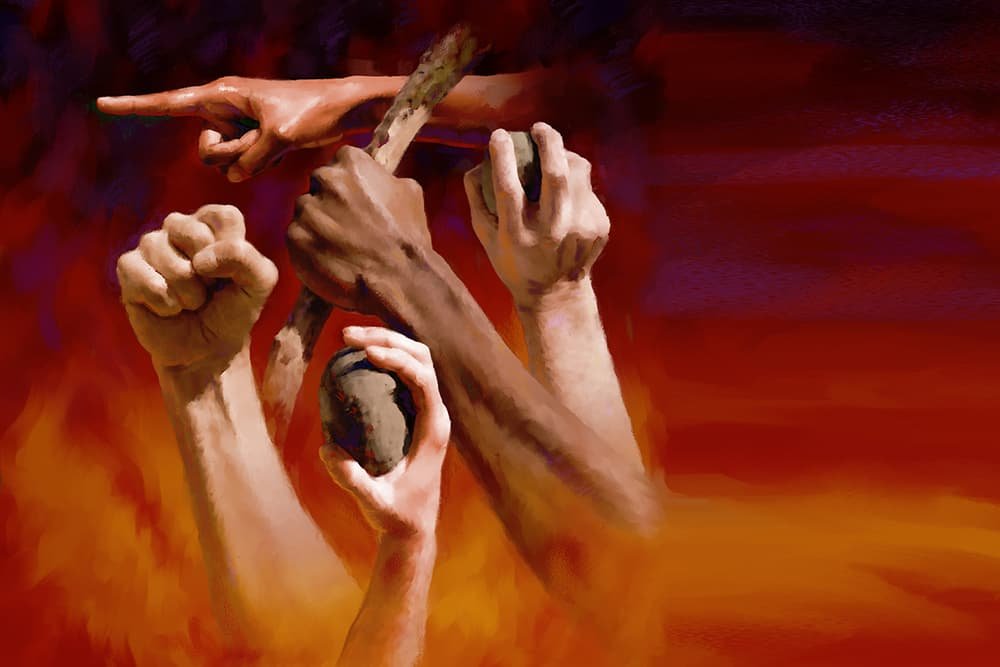

By Colin Standish
Soon after Constantine rode triumphantly into Rome as the new emperor, he proclaimed the greatest level of religious freedom Christians had ever experienced. While Constantine’s edict of toleration in AD 313 ended Diocletian’s ten years of unimaginable atrocities, it also ended nearly three centuries of the persecution of Christians by pagan Roman emperors.
If Christians were grateful for Constantine’s liberation, imagine their ecstasy when a few years later he professed conversion to Christianity and declared it the new religion of the Roman Empire. Yet it was just this situation that sowed the seeds for a vastly greater persecution when Christians would persecute fellow Christians.
Shortly after Constantine, two groups developed among Christians over the issue of who constituted the members of Christ’s church. One group, led by the Donatists of North Africa, believed that the church consisted of a small remnant
Last Generation is a magazine for people seeking spiritual answers to the current issues of our times.
Your subscription will give you:
*Digital-only subscriptions also available
Leonard Verduin, The Reformers and Their Stepchildren, The Christian Hymnary Publishers, 1963.
Ibid.
© Sermonview.com
The late Dr. Colin Standish was a psychologist, educator, administrator, author, and ordained minister of the gospel who served as president of several Christian colleges.